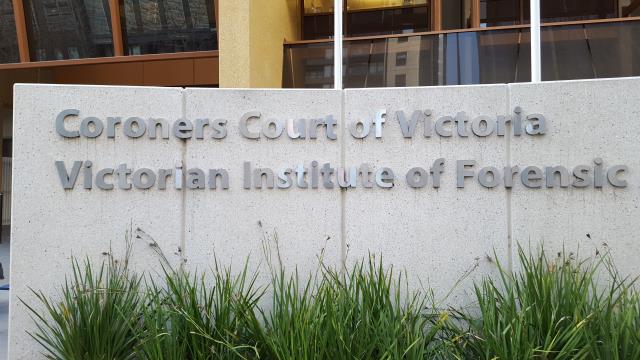By Eleanor Wilson
Monash Health has made significant changes to suicide safeguarding practises, in the wake of a 2019 Casey Hospital death which was deemed by the Coroner’s Court to be preventable.
On 28 April 2019, a 50-year-old man, who was a compulsory inpatient in the Berwick hospital’s mental health ward at the time, was found deceased in his hospital room, a 16 March inquest hearing heard.
In the 20 April inquest findings, Coroner Catherine Fitzgerald concluded that the man’s death was preventable, due to the presence of known ligature points in the room.
The ligature points were identified as being “ medium risk” by Monash Health during ligature point audits conducted in 2016 and 2017, but were “not prioritised” for removal, according to a statement by Monash Health program director professor David Clarke.
A third audit conducted in 2018 did not identify the wardrobe doors and hinges as ligature points, which meant the risk posed by the points was not considered after that audit.
The ligature points were not removed until two days after the man’s death, on 30 April 2019.
The court heard the man had “a significant history of mental health issues” and was diagnosed with depression, opiate and alcohol abuse and antisocial personality disorder.
He also had a previous history of psychiatric inpatient admissions in 2015, 2016 and 2017, on a background of suicidal ideation and had attempted suicide in 2016.
On 30 March 2019 he was section to the Royal Melbourne Hospital under the Mental Health Act, after he was found “behaving erratically” on a Brunswick roof, believing that people were chasing him.
The court heard his daughter, who he lived with at the time, had noticed his mental health deteriorating in the month’s leading up to his death, noting that he was beginning to suffer from paranoia and auditory hallucinations.
He spent nine days in the Mental Health Ward of Sunshine Hospital before he was transferred to Casey Hospital on 13 April.
Upon his arrival at Casey Hospital, he was assessed as being at high risk of suicide and was initially managed with 15-minute observations by nurses and was later approved for day leave.
In the days before his death, the man was regarded by the treating psychiatrist as being “low risk” and he therefore remained in a low dependency unit.
On the morning of his death, he denied thoughts of self-harm.
He was found in his room by an enrolled-nurse about 7:20pm that night and was declared deceased at 8:15pm, despite resuscitation attempts in the Emergency Department.
Monash Health said “an inadequate staff mix and training for those managing ligature audits; and inadequate procedure for follow-up of ligature audits” was responsible for the failure to identify the ligature point risk.
In an internal review conducted after the man’s death, Monash Health concluded that the presence of a ligature point was a “main factor” contributing to his death.
As a result of the internal review findings, changes were made to the ligature audit process, which are now conducted annually by two or three people from several wards.
Monash Health also developed a “Mental Health Inpatient Ligature Point Assessment and Management Procedure” in the wake of the man’s death.
But a legal representative for the family of the deceased, Associate Professor Jonathan Phillips said Monash Health “failed to provide him with a safe hospital environment”.
He said it is “well understood by health systems and individual hospitals” that disturbed persons will use the means available to them to attempt to take their lives and the method used by the deceased was an “obvious method“ and “not a new understanding“.
It was “unreasonable“ that the ligature point was not removed, given more than two years had passed since its initial identification, Assoc. Prof Phillips said.
Ms Fitzgerald agreed the presence of the ligature points in the man’s room “was inherently unsafe having regard to [ the deceased’s] known risk of suicide“.
“The removal of these ligature points from the inpatient Unit was clearly not a difficult or time-consuming task, as it was completed within two days of Mr Harvey’s death,” she said.
“It cannot be known whether [the man] would have found some other means to take his own life at this time, had the known ligature point not been available to him, but he would not have had the opportunity to take his life in the way he did, had the known ligature point been removed.”
Ms Fitzgerald said the response and internal review process following the man’s death “adequately addressed” the issues at hand.
If you, or someone you know needs support, connect with Lifeline by phone 13 11 14, text 0477 13 11 14 or chat at lifeline.org.au/crisis-chat.







